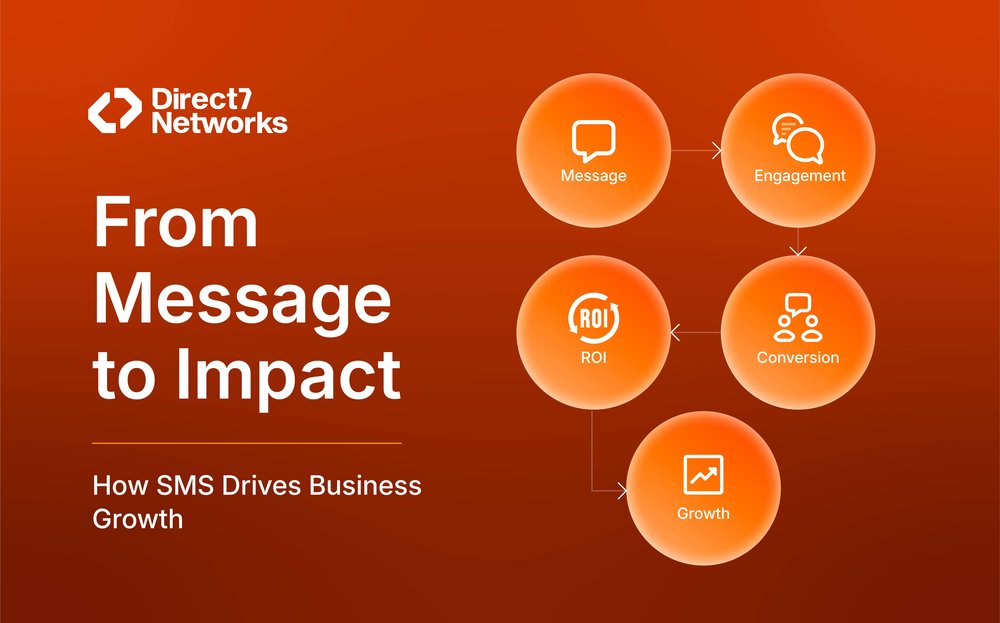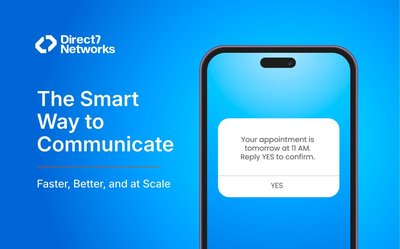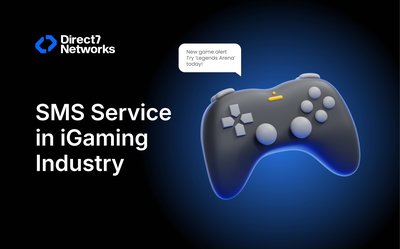SMS may not be the flashiest channel—but it consistently delivers results. That’s why smart teams keep SMS at the center of time-sensitive customer communication programs.
Below are the ten key benefits of SMS marketing, why they matter, and how to act on them right away.
1. Instant Reach and Near-Universal Attention
- Why It Matters
A text message lands directly on the phone screen, where people look first.- Most recipients read SMS within minutes.
- Perfect for urgent actions: confirmations, delivery windows, last-minute offers, or appointment nudges.
- Industry benchmarks show that SMS outperforms other channels in terms of immediacy and visibility.
- Tip
Use SMS for any message that must be seen within the hour.
Save email for longer, non-urgent content.
2. Strong Conversion Rates and Measurable Outcomes
- Why It Matters
SMS doesn’t just get opened—it drives action.- Vendor benchmarks show SMS conversion rates often beat email campaigns.
- Particularly effective for sales pushes and time-sensitive promotions.
- Converts attention into measurable business results faster than most channels.
- Tip
Track Revenue per Recipient (RPR) instead of vanity metrics.
RPR shows whether SMS is actually moving the business needle.
3. High Return on Investment (Low Cost, Big Impact)
- Why It Matters
SMS is one of the most cost-effective channels available:- Inexpensive to send compared to paid ads.
- High response and conversion rates deliver strong ROI.
- Especially valuable for short campaigns and transactional flows where purchase cycles are short.
- Tip
Run a small pilot and calculate cost per converted customer.- In many cases, SMS beats both ads and email when measured on ROI.
Summary: SMS works because it’s fast, action-oriented, and cost-efficient. For businesses that want impact without high spend, SMS remains one of the most reliable marketing channels.
4. SMS Amplifies Other Channels (Email, Ads, Push)
- Why It Matters
SMS acts as a powerful amplifier for other marketing channels:- A short text can nudge users to check their email, complete a cart purchase, or show up for an event.
- Marketers combining SMS and email report higher engagement in both compared to running either alone.
- A brief SMS reminder often outperforms push notifications when you need immediate attention.
- Tip
Use SMS to highlight a single action in another channel—for example:
“Check your email for your boarding pass.”
Run a holdout test to measure how much lift SMS adds to email engagement.
5. Very High Engagement on Mobile (Better CTR Than Email)
- Why It Matters
Because people constantly check their phones, SMS naturally drives higher click-through rates (CTR) than email.- SMS is native to mobile, making it perfect for direct-response offers.
- Works especially well for short funnels—landing pages, in-app flows, or mobile checkouts.
- Tip
- Always use a branded short domain for links.
- Make sure the landing page is mobile-optimized.
6. Works for Both Transactional and Promotional Use Cases
- Why It Matters
SMS is versatile—it can power both:- Transactional messages: OTPs, shipping updates, appointment alerts.
- Promotional messages: sales, offers, loyalty nudges.
- The key is governance:
- Tag each flow correctly so transactional and promotional sends don’t mix.
- Apply consent rules based on message type and regional law.
- Tip
- Use separate templates and sender IDs for transactional vs. promotional traffic.
- This avoids carrier filtering and reduces customer confusion.
Summary : SMS doesn’t just stand alone—it boosts other channels, drives mobile-first conversions, and serves both transactional and promotional purposes when governed carefully.
7. Two-Way Conversations and Automation Save Staff Time
- Why It Matters
SMS is not just for one-way blasts—it can support interactive, two-way flows:- Reply “C” to confirm.
- Reply “R” to reschedule.
- Reply “STOP” to opt out.
- These interactions:
- Reduce phone volume and call-center load.
- Free staff from repetitive tasks.
- Streamline operations when combined with automation rules (e.g., suggesting next available slots, routing complex replies to agents).
- Tip
Start by automating the top three repetitive interactions:- Confirmations
- Reschedules
- Order lookups
Route all other replies directly to human agents.
8. Broad Audience Reach, Including Non-App Users
- Why It Matters
Unlike apps or email, SMS doesn’t require installation or regular checking.- Works on feature phones and smartphones alike.
- Reaches both low-engagement users and high-value customers.
- Ideal for businesses serving diverse or global audiences—no barriers, no app permissions required.
- Tip
Collect preferred channel data at signup (email, app, WhatsApp).- But keep SMS as the universal fallback for urgent or critical messages
9. Fast to Set Up and Iterate (Low-Friction Experiments)
- Why It Matters
SMS pilots are quicker compared to building in-app features or launching ad campaigns.- Test timing, tone, and offers in days—not weeks.
- Learn fast, scale what works, and drop what doesn’t.
- Perfect for growth experiments and optimization cycles.
- Tip
Run small A/B tests:- Timing (morning vs. afternoon).
10. Clear Privacy and Compliance Rules (When Done Right)
- Why It Matters
Compliance may feel like a burden, but it’s also a strength:- SMS programs require opt-in, opt-out options, and audit trails.
- Well-established rules reduce legal risk and improve deliverability.
- Some markets (e.g., India) require template + sender ID registration.
- Others (EU, US) demand clear consent under GDPR/ePrivacy or TCPA.
- Businesses that bake compliance into their systems enjoy more stable, higher-quality traffic.
- Tip
Treat consent and suppression lists as core product data:- Sync across all tools.
- Keep proof of consent backed up and audit-ready.
Summary: SMS marketing delivers ten distinct advantages—from instant reach and strong ROI to compliance-driven stability. When used responsibly, it’s one of the fastest, most reliable, and highest-performing communication channels for businesses today.
Practical Priorities: What to Do First
If your business hasn’t leaned into SMS yet, start small with a high-impact, low-risk pilot:
- Choose a narrow goal → e.g., reduce missed appointments or recover abandoned carts.
- Follow SMS regulations → Include your brand name, respect quiet hours, offer an opt-out option, send only with consent, and maintain opt-in/out records.
- Build consent capture → Store proof of opt-in with time, source, and wording.
- Draft three short templates → Keep them concise, and enforce quiet hours.
- Test on a small group → Include a control group to measure incrementality.
- Measure what matters → Track RPR, delivery rates, complaints, and opt-outs.
- Iterate and refine → Adjust copy, timing, and targeting before scaling.
Key Insight: Small, measured wins build trust with operations, compliance, and legal teams, paving the way for larger SMS programs.
Common Traps to Avoid
- Sending without documented consent → Damages deliverability and creates legal exposure.
- Over-messaging the same list → High frequency erodes customer preference and drives opt-outs.
- Mixing promotional copy into transactional templates → Invites carrier blocks and user complaints.
- Using random shorteners/unfamiliar domains for links → Increases filtering risk and erodes trust.
- Best Practice: Always use branded links, clear consent logs, and separate traffic types.
Closing Thought
SMS continues to deliver on its core promise: messages that get seen and acted upon quickly.
In an era of attention scarcity, that level of directness is rare. When used with discipline, SMS is:
- Timely (right moment).
- Measurable (real outcomes).
- Respectful (relationship-based).
Done well, SMS isn’t just another channel—it’s a dependable bridge from awareness to action that businesses can rely on.







